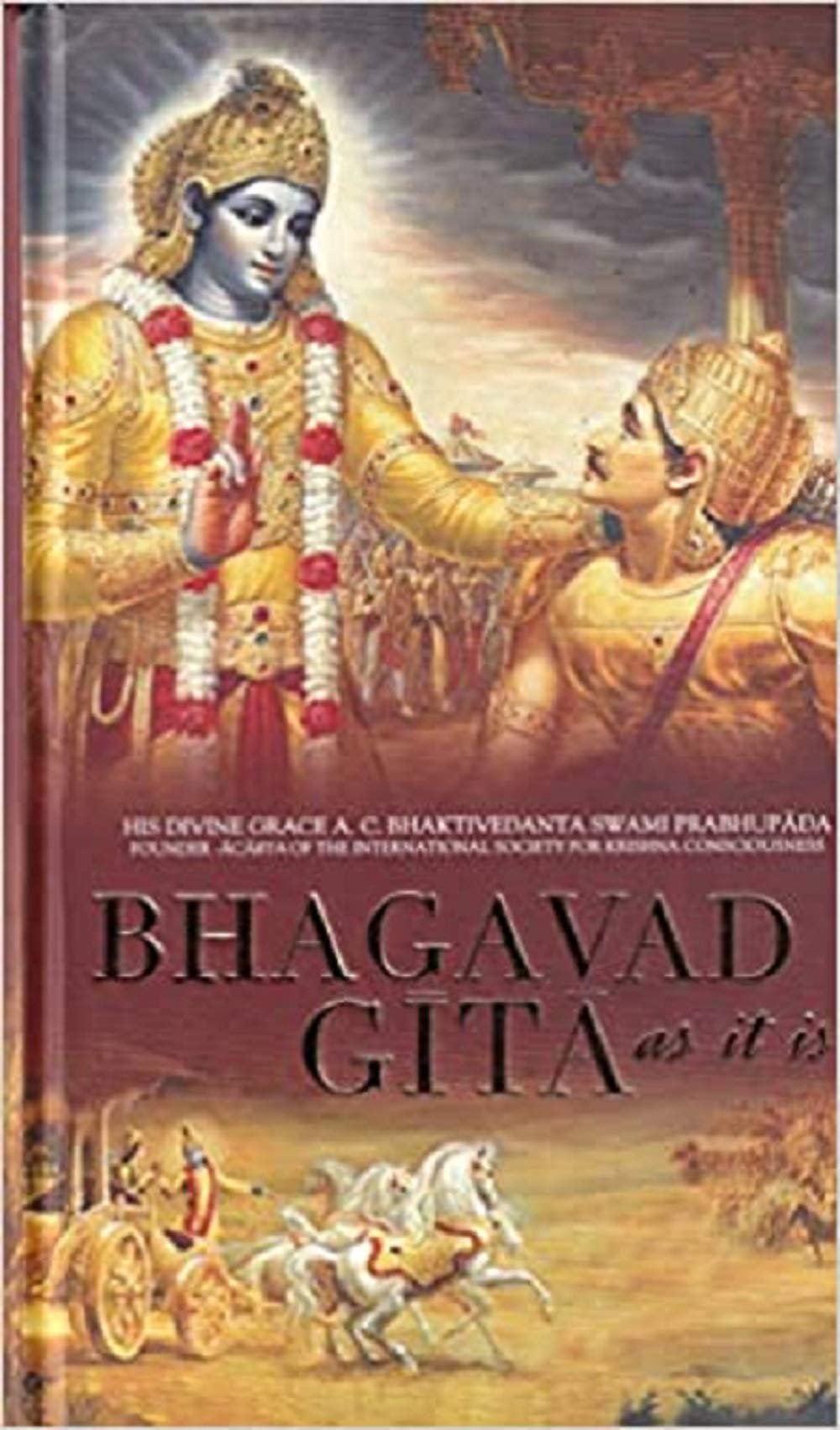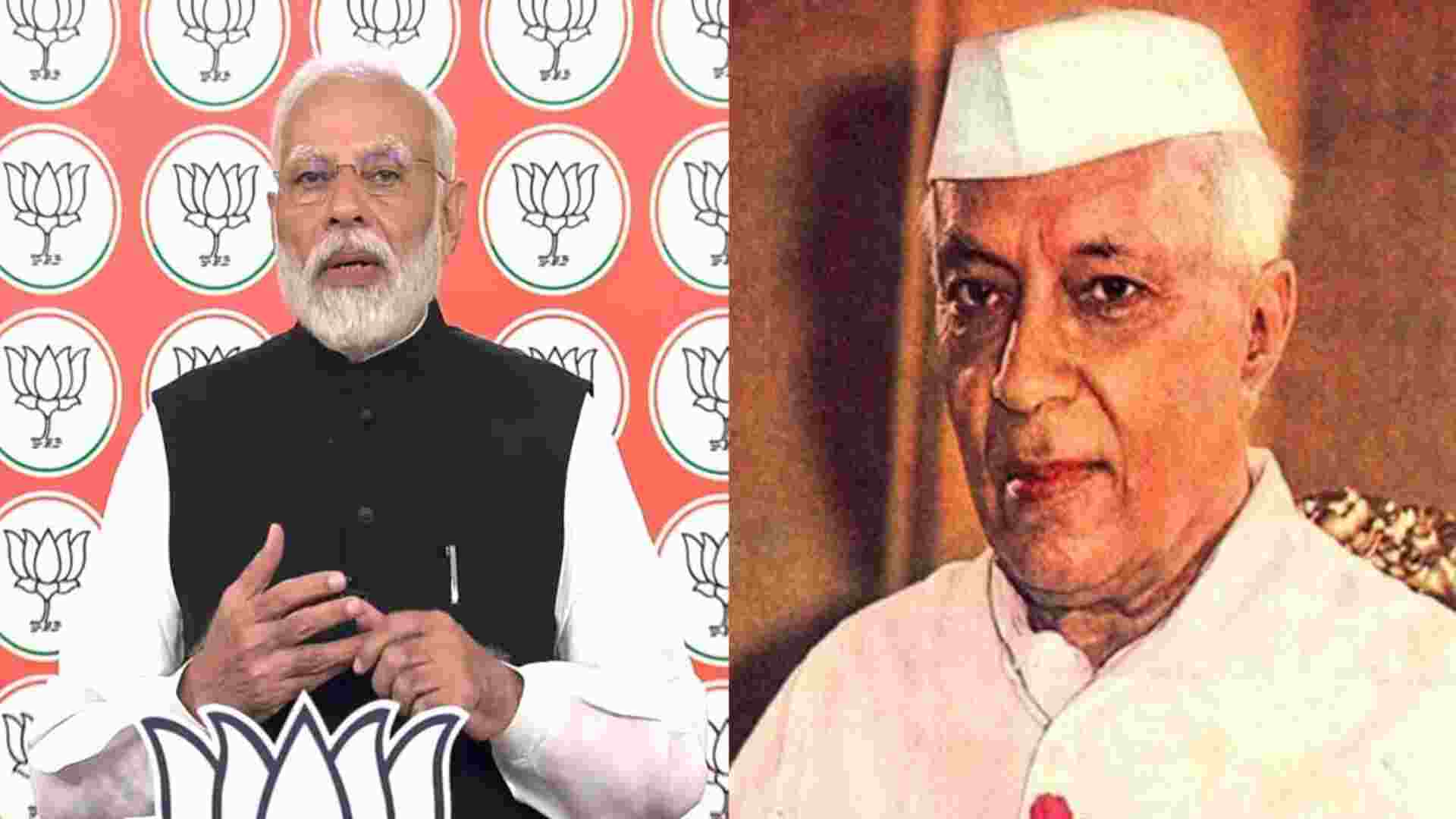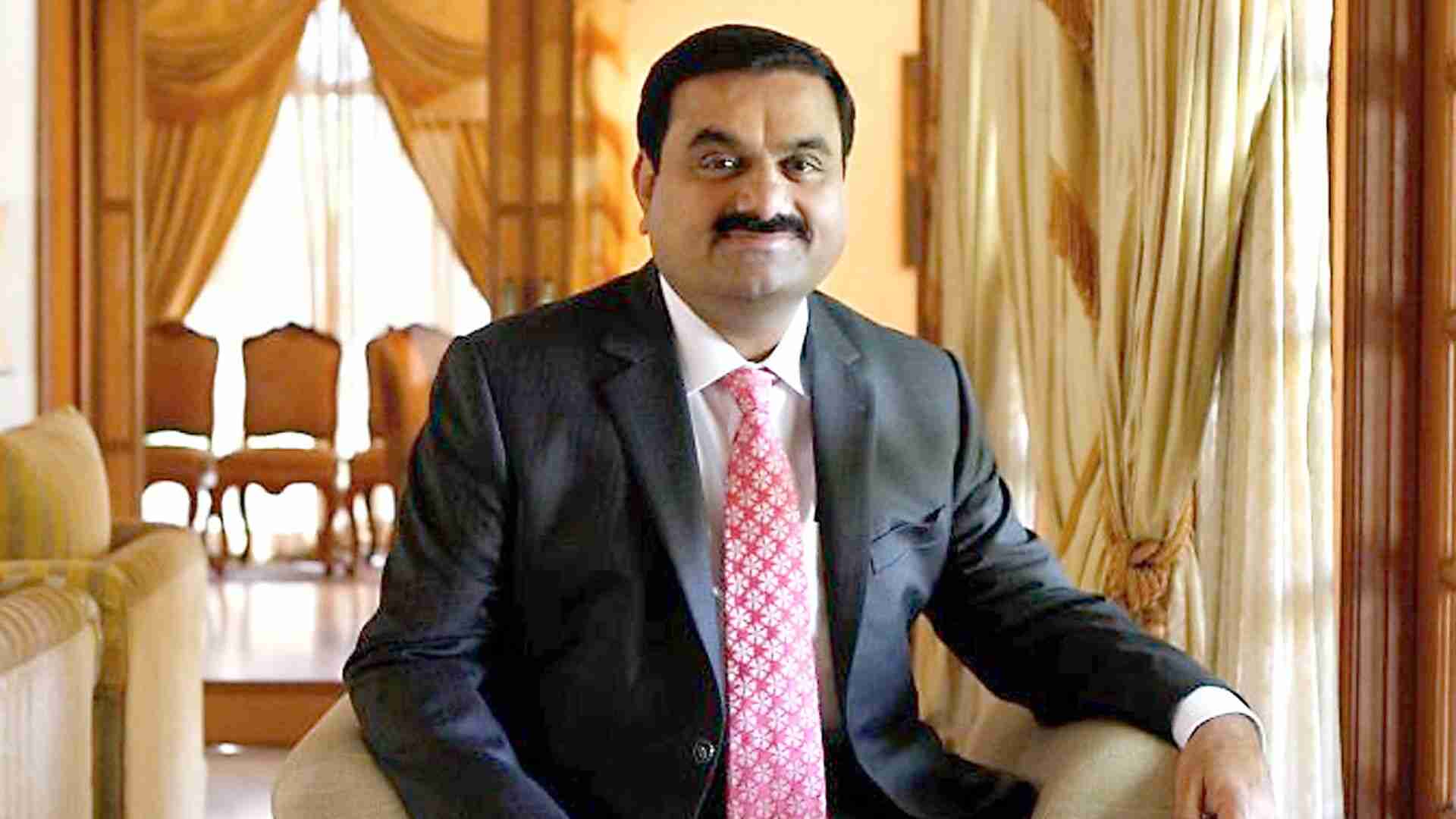
Over many millennia, the Bhagavad Gita, one of the most ancient sacred texts from India, has been a beacon of light for millions. It is not a religious text; its secular nature is evident from the contents of the book. I would call it a modern management and lifestyle guide. It was given to humanity at a turning point in history when life was uncertain and morals and ethics were threatened. During the great Mahabharata war, when Arjun, one of the princes, was in a dilemma about being at war with his kith and kin, Lord Krishna removed Arjun’s confusion and brought clarity. Gita’s sermons were mainly to clear the confusion from Arjun’s mind, reminding him of his duties, roles, and responsibilities.
Krishna tells Arjun, “Doing what your heart tells you is your duty…”.
Arjun’s problem was solved, and he went and won glory. After the great war, a new, more dignified, and stable way of life was established.
That was 5000
years ago
Thought leaders feel that the Bhagavad Gita offers illumination to overcome the present dangers to our evolution and even our survival. The great historian will Durant once admired Lord Krishna’s message in the Gita and remarked that if only India had kept and followed his message, it would have remained free and independent without getting colonised. At the individual level, the Gita offers clarity in decision-making and problem-solving in our family lives, careers, businesses, and relationships.
Train the Heart
Motivational training and coaching sessions focus on the fulfilment of our egos and provide tips to reach our ambitions. This is based on passion, activity, and the movement of the mind. Another form of inspirational training, the experience of heart-based meditation or contemplation, offers much more than just the achievement of goals. This kind of training of the heart and mind focuses on achieving calmness, balance, and peace in the heart. This is what the Gita is all about. And when all these qualities are inherited by the heart, ambition turns to aspiration, acquisitiveness changes to altruism, and the attention is now directed towards personal growth and transformation for the sake of being our best and serving our highest potential, not for a jolly ego-trip or satiation.
The power of now
The Gita shows us the power of now. The worry about the future, the sorrow of the past, and a lack of action in the present are all solved in one go! Focus on your duty right now with confidence and faith, and lead yourself to contentment and glory. Equanimity comes from accepting challenges and successes with an equal eye and transcending failures, anger, and fear. A composed state is the best state of mind from which to act. It means to perform any activity in a contented state of mind and in a calm manner, and this results in wisdom and firmness of judgement.
The Story of the Post Boxes
One hundred years ago in London, a leader from a ‘primitive’ country was impressed with the postal system. He could see letters addressed to different people dropped in post boxes. He also saw the postman delivering letters to the correct addresses. He went back to his country and erected post boxes. He recruited a few postmen who had no idea what to do. Nothing happened. The leader went back to London, but this time he visited post offices. The secret of the delivery of letters was revealed to him.
Similarly, the teachers of the Gita failed to see some invisible, unexplained links. The Bhagavad Gita was not merely a long sermon delivered on the battlefield to help a prince win a war. In reality, there was no time for long sermons. Lord Krishna’s challenge was to deliver a ‘Sermon on the Mount’ not on a peaceful mountain but on a chariot on the battlefield. He had a few minutes to calm the heart of the young prince Arjun, to remove the fear and confusion from his mind, and to transmit the essence of the message of duty, courage, and clarity of purpose. This was done through non-verbal communication, a heart-to-heart transmission of love, compassion, clarity, and wisdom.
The Art of Yogic Transmission
Today there are thousands of certified Heartfulness trainers who conduct meditation sessions in a systematic manner worldwide. In this way, the tradition of the Bhagavad Gita continues in heart-based meditation systems, where a heart-to-heart transfer of various qualities and states of high potential is developed. Contentment, calmness, compassion, courage, and clarity are developed. These qualities are not only highly relevant to an individual’s growth but also an essential part of any organisational culture.
Kamlesh Patel, known to many as Daaji, is the Heartfulness Guide.















